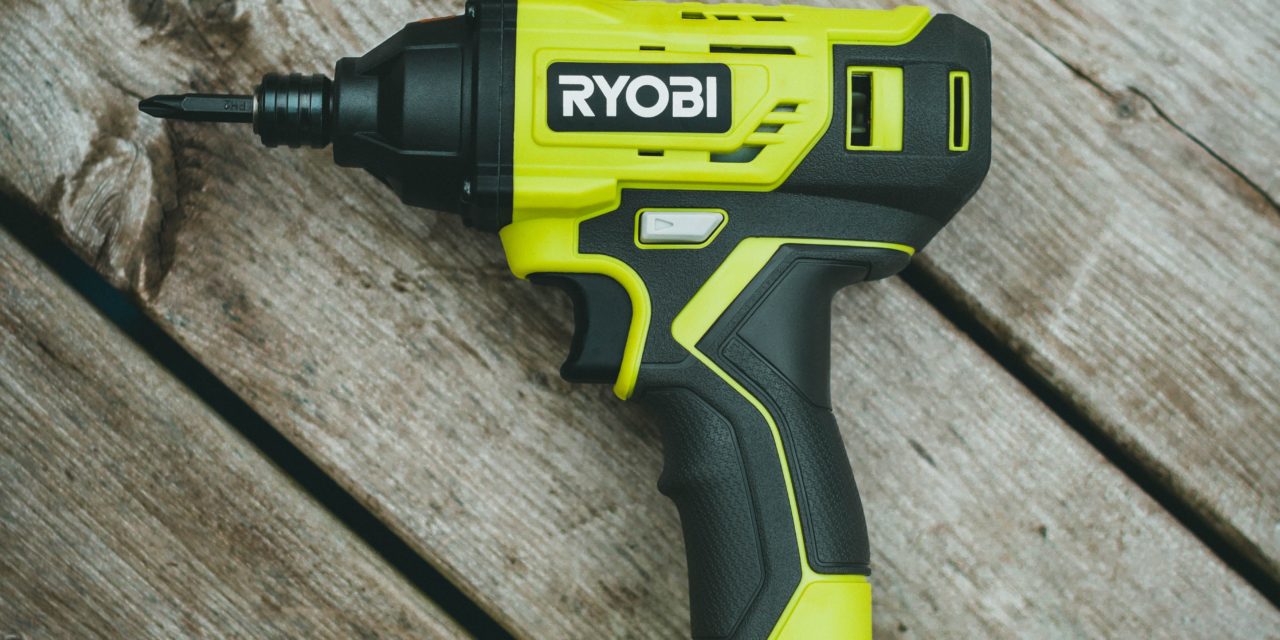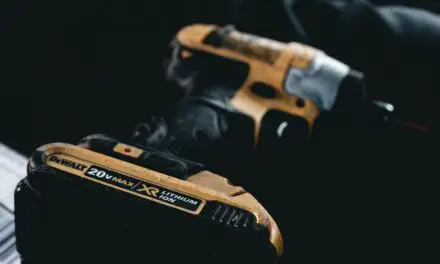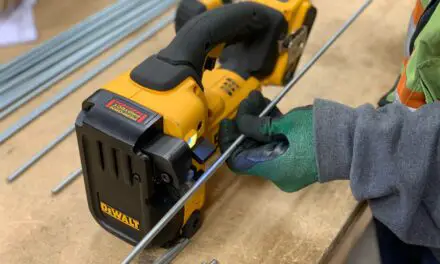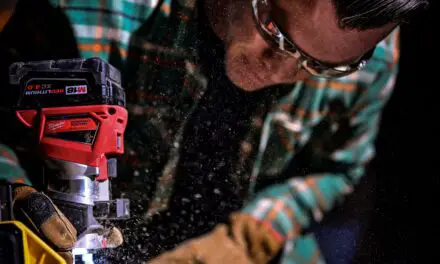Tool companies often create proprietary sockets for their tools, so their batteries don’t fit in other brands’ tools, it is possible to buy adapters, but there are pros and cons.
You can use DeWalt Batteries in Ryobi Tools with a battery adapter. It should be noted that most battery adapters don’t have discharge prevention. So, you may want to install one if you are worried about your batteries lasting.
Different companies make different types of tools at differing quality levels. Sometimes, a tool just feels right by a particular company. But what do you do with all the different batteries?
Can I Use DeWalt Batteries in Ryobi Tools?
One of the benefits of battery-operated tools is their portability, but it can be frustrating having three different brands of batteries and charges all over your shop.
There are battery adapters that allow the crossing of battery brands with most major brands. There are pros and cons to these devices.
It will speed up your workflow by not having multiple batteries around your shop, but you also want to protect your tools and your batteries, as neither are usually inexpensive.
Here is a list of Pros and Cons of using DeWalt batteries in Ryobi tools:
| Pros | Cons |
| Fewer recharging stations | No battery-to-tool communication |
| Battery price | Possible discharge from lack of low-voltage cutoff |
| Time spent switching batteries | Mismatch of tool voltage leading to tool damage or destruction |
| Damage of project due to misuse of battery |
Keep reading to dive deeper into the benefits and drawbacks of using DeWalt batteries in Ryobi tools.
Pros of Using DeWalt Batteries in Ryobi Tools
Rechargeable tool batteries can be quite expensive these days, especially from DeWalt. It also becomes inconvenient to have multiple charging stations in your shop.
The time saved when using the same battery for all of your tools is immense. If you have a battery die, it’s nice to have a quick replacement instead of waiting for a recharge.
It is important to pay attention to voltages and power output. It is possible to use too large of a voltage battery in your tool and burn up your motor.
It is also possible that using a battery adapter to use another brand’s battery could void the warranty.
You might also be wondering, can you use any DeWalt battery in any DeWalt tool? We’ve got you covered.
DeWalt Battery Adapters
Here are the best-rated DeWalt to Ryobi adapters on Amazon:
| Name: | Rating: |
| ZLWAWAOL DM18RL Battery adapter | 4.5 stars with over 200 ratings |
| X-Adapter Battery for Ryobi 18v Cordless Tools Uses DeWalt 20V Max | 4.6 stars with over 850 ratings |
| Cell9102 Battery Adapter for DeWalt to Ryobi | 4.7 stars with over 400 ratings |
It should be noted that these may be the same adapter just being relabeled by resellers for drop shipping on Amazon.
An adapter will be mandatory for any battery in a DeWalt tool, such as Hercules or a Black and Decker.
Cons of Using DeWalt Batteries In Ryobi Tools
When deciding whether or not to use other tool brands’ batteries with the battery-operated tool, you consider the battery’s voltage.
Modern rechargeable tools come in 12V, 18V, and 20V, commonly with other voltages also possible. It is important you know this before interchanging batteries.
An improper voltage battery can damage or destroy a tool if the power is too high. Here is an article on This Old House that goes deeper into tool voltage and battery matching.
Low-Voltage and Low-Voltage Protection
Tool companies design their tools to communicate regularly with their batteries, so the batteries don’t discharge too much energy and aren’t able to be recharged.
If you use a battery adapter, this communication is lost, and the risk of discharging or damaging your expensive Li-ion batteries becomes a major risk.
You can install a low-voltage cutoff board on your adapter if you are comfortable with minor electronics. It can save a ton of batteries and protect your batteries.
How to Wire a Low-voltage Cutoff Board to Your Battery Adapter
The video below explains in more detail, but these are instructions on how to attach a low-voltage cutoff board to your battery adapter.
- You will need four wires of the same length and spade connectors on the end of 2 of those wires to wire up this project.
- Run two wires to the outside terminals of your battery with the spade connectors – You may want to google your specific brand of battery to make sure you are connecting to the + and – terminals.
- Run the other end of the two wires leading to your battery to the input side of the low-voltage cutoff switch.
- Take the remaining two wires and attach one end of them to the same two terminals on your battery adapter (the positive (+) and negative (-) terminals).
- Then, attach the two wires from your battery adapter to the output side of your battery adapter.
- Attach the board to the battery adapter for ease of use (tape or hot glue work wonders in these situations).
Here is a YouTube video explaining how to connect a Low-voltage cutoff protection board to your batteries or projects.
Conclusion
While it can be convenient to use an adapter to use one brand of batteries in all your different tools, you are risking your tools.
If you put a low-voltage cutoff in your adapter and do your research on tools and voltages, you can get by by using adapters.





